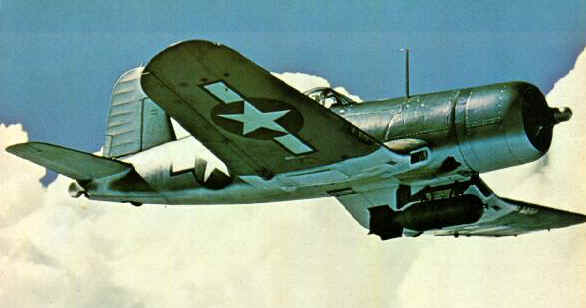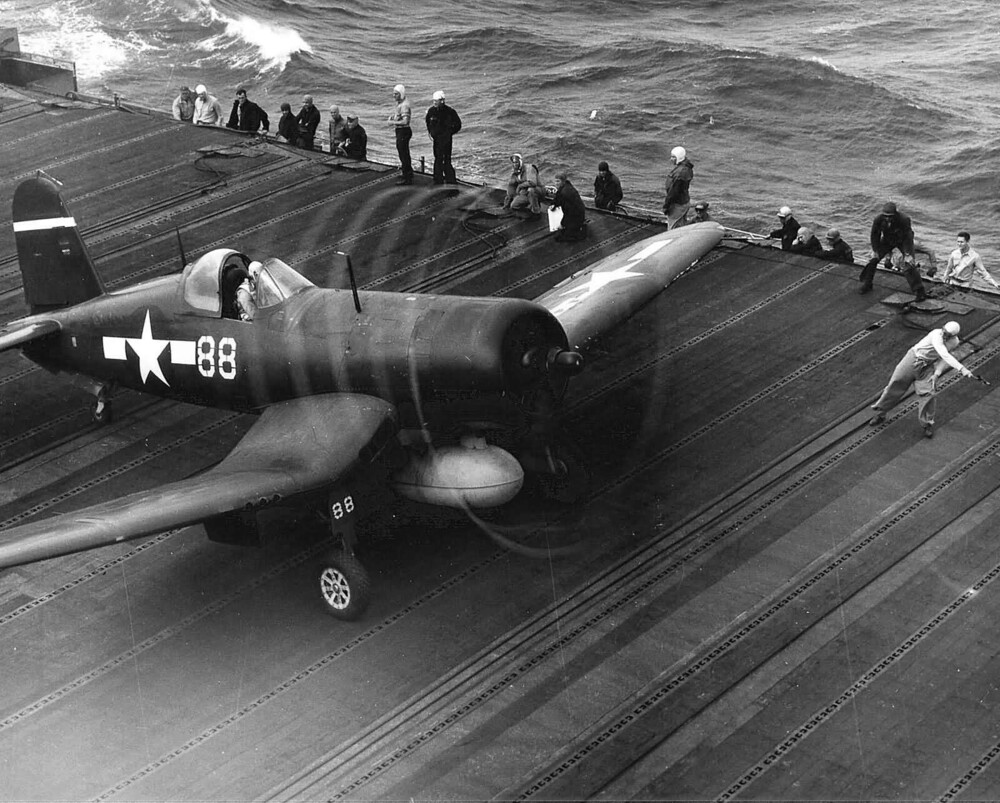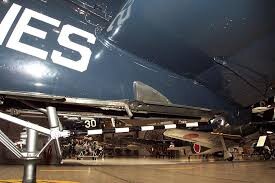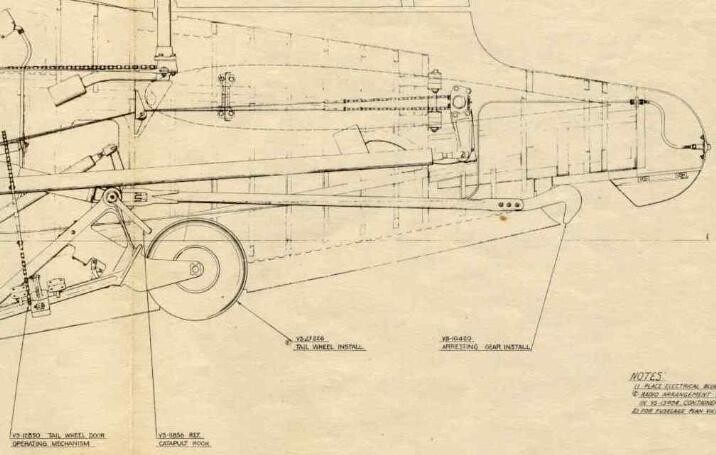-
Posts
275 -
Joined
-
Last visited
Content Type
Profiles
Forums
Events
Everything posted by Saxman
-
VMF-124 shouldn't have those additional stripes on either side of the bar. Take another look at the photo of the original #88. I'm not even sure that's overspray. Rather I think what you're seeing in some of them is a reflection of the sun on the rudder frames above and below the stripe.
-
I've recently configured Quad Views on my Ultrawide and have been having some issues. I've currently got it set up using Pimax Play, with Quadviews Foveated installed. Pimax Fixed Foveated is also turned on. I am not using PimaxXR or OpenXR Toolkit. Quadviews does work under this configuration, however I'm getting thick, flickering bars across the focus area. Sometimes they're vertical, sometimes horizontal, sometimes they occupy a circle, sometimes it's a box. This ONLY happens with Quadviews turned on. If I remove Foveated, Quadviews turns off and the focus area is instead filled by a very faint box. I can still see and fly, but the flickering very quickly starts to get uncomfortable, and can also cause objects like other aircraft that are on screen to be slightly distorted and are more difficult to make out clearly. Has anyone else experienced this behavior and know what could be causing it?
-
I don't think 150 ever made it to the Pacific. They had 100/130. And removing pylons would not push the F4U-1 up to P-51 speeds. The fastest -1 Corsairs were the late F4U-1As with water injection and broad-chord props, which could get up to 420mph give or take 2-3mph. That's still short of the P-51. The F4U-4s that arrived in 1945 were faster than the Mustang, but they had an even more powerful R-2800-18(W) engine (increased base horsepower to 2100, and 2400 with ADI) and a four-blade paddle prop. They achieved 446mph at altitude even WITH the pylons in place.
-

F4U DevGru - Tail Hook Inoperative w/ Gear Up (disregard)
Saxman replied to Bowie's topic in Bugs and Problems
Here is the tail hook of an F4U. Note that it's attached to the tail wheel strut assembly. When the landing gear are in the "Up" or "Brake" position, the tail wheel is raised and the tail wheel doors are closed. Despite that little notch exposing the hook, the doors (and the tail wheel itself) prevent the tail hook from being lowered. -
Pilots would fly whatever plane was available and they wouldn't be so neatly organized. For one, most land-based squadrons didn't even have their own aircraft; every squadron on the base would draw from the same pool. Squadrons like VF-17 were quite unique in that regard. Boyington was recorded flying at least three different Corsairs, MoDex 740, 883, and 915 (which he was flying when shot down). And not all Marine Corsairs had three digit numbers. The Vargas Cowgirl Corsair attached to VMF-422 had a MoDex of 8. For many of the three digit machines, the MoDex was simply the last three digits of the BuNo (17740, 17883, and 17915) but even this wasn't always consistent.
-
There's more changes needed to make it a 1A than just removing the wing pylons. The 1A had additional fuel tanks in the wings (these are present in the damage model but are commented out. Future plans?). The canopy had additional frames on each side. Different propeller. The 1A originally had the same narrow-chord prop as the -1, not the later paddle prop on the 1D (IIRC, it was the same propeller used by the F6F-3). This was first tested in VF-17's Corsairs and retrofit later whenever the props were available, but many 1As never received it. The 1A initially didn't have water injection. This was first introduced in BuNos 55950 (F4U-1A) and 13992 (FG-1A), which is later in the production before the change to the 1D (Corsair BuNos can get weird. 55784 to 56483 are F4U-1As, but earlier BuNos 50360 to 50659 are F4U-1Ds). The injection system was retrofit whenever the parts were available, but many earlier 1As never received it. The 1A had a lower dry weight, though its loaded weight could be equivalent or even higher depending on how much fuel was in the wing tanks (which weren't popular and were often left empty). So you'd also have to add fuel tanks, change the canopy model, change the empty and loaded weights, and depending on what version of the 1A you wanted change the prop, remove the water injection, or both. The 1A is my favorite Corsair since it's the pure dogfighter of the -1 series, but it will take more work than just removing the pylons.
-
Somehow without even clicking I knew what it was going to be.
-
So 100 yards should at least be an option. And good GOD that AI video thumbnail is cursed...
-

Maneuvering On The Ground With Differential Braking
Saxman replied to AG-51_Razor's topic in Bugs and Problems
It was STILL an issue at release, it just wasn't as bad. -

Maneuvering On The Ground With Differential Braking
Saxman replied to AG-51_Razor's topic in Bugs and Problems
I wouldn't call them addressed. There's still issues like overboosting when according to the POH it shouldn't be. -
Any chance you'd be putting the files up for download?
-
Do you have a better drawing of the left cockpit wall than what's on Air Corps Library? I'm working on a 3D model of the Birdcage Corsair for other purposes and it's so faded it's impossible to read. As for the consoles themselves, is this all 3D printed, or was there some hands-on fabrication involved?
-
That's the case for the cowl flaps, oil cooler, and intercooler. However the propeller governor is a positional lever that functions like the throttle handle. It would be most accurate to map it to an axis if you have one available.
-
It's still there. You can just see more AROUND it, but you the mirrors are still focused on the pilot unless you adjust them so far you can hardly see them at all.
-
Mirrors: Mirrors have a wider field of view, however they still can't be angled correctly. Engine: The engine still overboosts at full throttle with ADI turned on. This is contrary to the POH, which gives no indication or warning of overboost occurring EXCEPT if the supercharger gear is changed while at high manifold pressures and without reducing throttle first. The POH says WEP is at fully open throttle and max RPM until you get to around 25,000ft or so, at which point RPM should be reduced for propeller efficiency. Taxiing: As others have already noted in the dedicated threads, the aircraft can still be incredibly difficult to turn on the ground; even applying one wheel brake tends to cause the entire aircraft to stop, rather than rotating in place.
-
Cowl flaps in the Corsair don't work like that. They work exactly as it's already mapped, by holding the lever until the desired position is reached. The only controls that ought to be set as an axis but currently aren't are the flaps, gear, wing fold, and tail hook, all of which would work like the supercharger and mixture handles.
-
Can we please get axis mappings for: Landing Gear/Brake - Though I'm not sure how that's going to work with the Corsair's forked landing gear position. Flap position Tail Hook Position Wing Position This would be tremendously helpful for sim pit setups.
-

Maneuvering On The Ground With Differential Braking
Saxman replied to AG-51_Razor's topic in Bugs and Problems
So I seem to be in a weird half-way state. I've only tried it once so far, but it seems to work properly if I brake once the aircraft is moving. I got a rapid rotation even when the aircraft was only crawling forward. However once I come to a complete stop the aircraft won't rotate even with full brake and rudder. -
AFAIK it won't go past 54in without ADI turned on. I've never seen it, at least.
-

Are there any game-related differences between the F4U-1D and F4U-1D_CW?
Saxman replied to tigershark1-1's topic in F4U-1D
Correct, the clipped wings were to improve roll rate. However, as I stated they were considerably more clipped than what was done to the Corsair. -

Are there any game-related differences between the F4U-1D and F4U-1D_CW?
Saxman replied to tigershark1-1's topic in F4U-1D
Those clipped-wing Spits (and the A6M3 Model 32) were clipped CONSIDERABLY more than the Corsair's. -
Should the vortexes even be visible at all?






